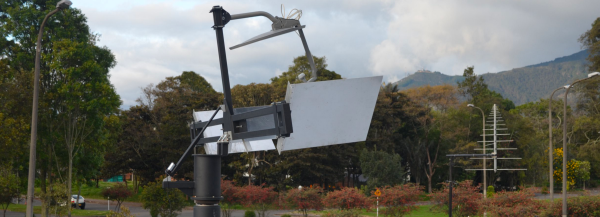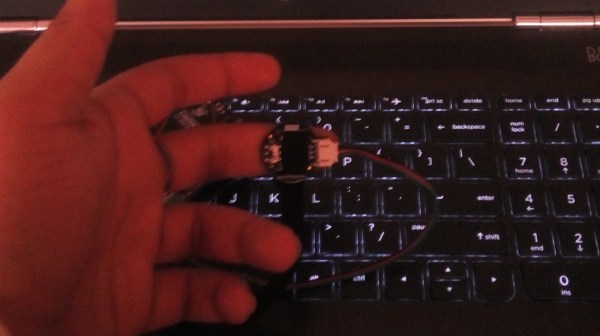Radio telescopes are one of the dark arts of science. Not only do you have to deal with RF wizardry, the photons you’re detecting are so far out of the normal human experience that you really don’t know what you’re looking at. It’s hard, but that’s the point — there’s a lot to learn with a radio telescope.
[alfazoOm]’s entry in the 2017 Hackaday Prize seeks to counteract a two-part problem: first, there is a dearth of educational radio interferometers in Latin America. Secondly, in Colombia, there’s only so much clear sky so radio astronomy is the preferred technique. Even though they’re so close to the equator, a lot of the northern stars can be seen as well. His interferometer, IMFR11GHz, answers both of those challenges.
IMFR11GHz is a Michelson interferometer, in which a light source is split into two beams, which are reflected by mirrors back to the detector. [alfazoOm] is basing his telescope off of the Stony Brook radio interferometer, though he is designing custom hardware that can position the dish in whatever direction the operator desires with an Alt-Az mount. The control system consists of an ESP32 microcontroller with an IMU and two stepper motors controlling azimuth and elevation. This is awesome citizen science, and a great entry in the Hackaday Prize.






















